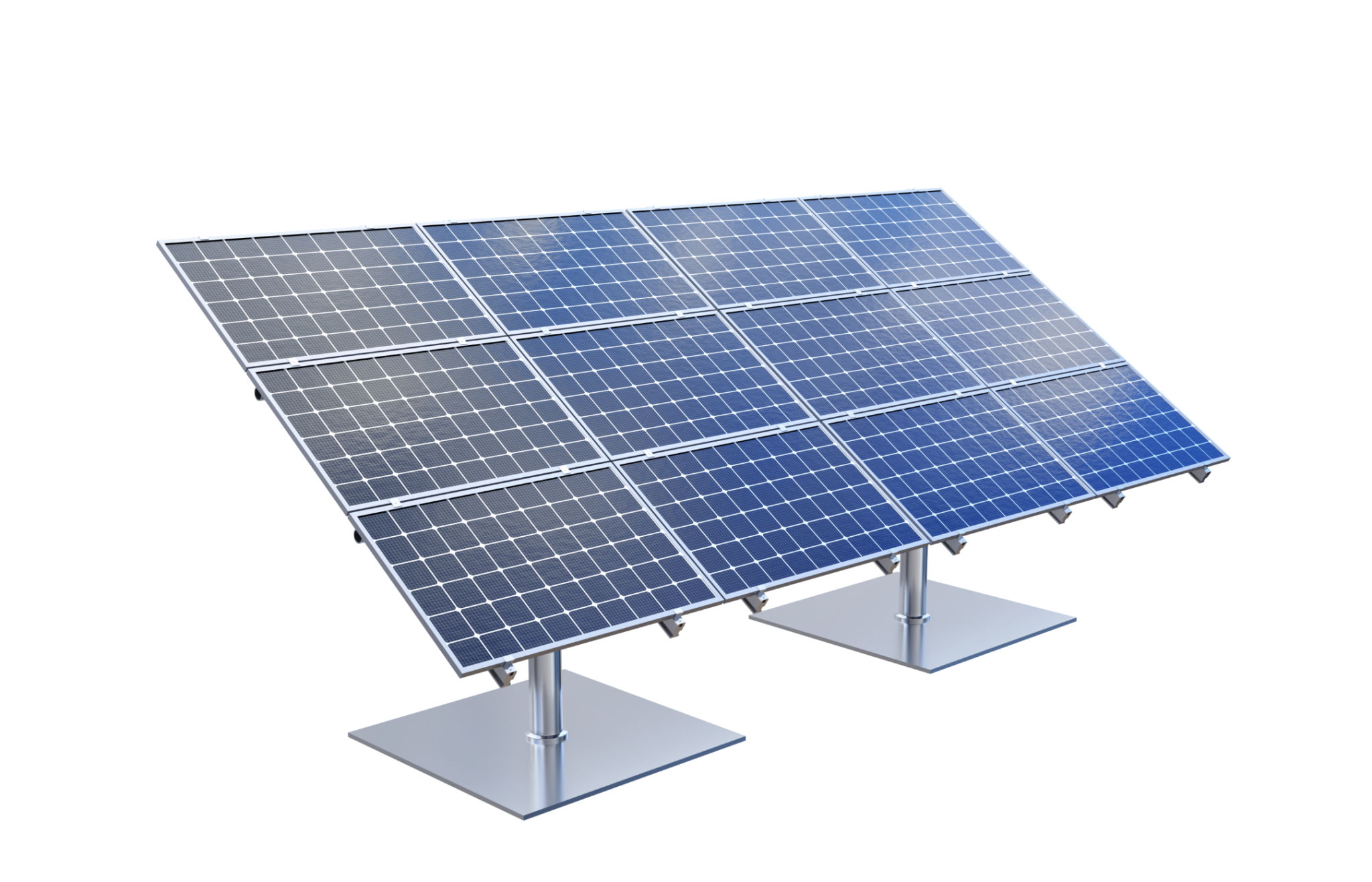The Growing Demand for Eco-Friendly Homes: What Buyers Need to Know
Understanding the Eco-Friendly Home Trend
The concept of eco-friendly homes is rapidly gaining traction in today’s housing market. With increasing awareness about climate change and environmental sustainability, homebuyers are increasingly looking for properties that offer both environmental benefits and cost savings. An eco-friendly home typically uses fewer resources, produces less waste, and provides a healthier living environment.
These homes often incorporate sustainable materials and energy-efficient technologies. The growing demand for such properties is driven by a combination of consumer preferences, regulatory changes, and financial incentives. Understanding these factors can help prospective buyers make informed decisions.

Key Features of Eco-Friendly Homes
Eco-friendly homes come with a variety of features aimed at reducing their environmental impact. Some common elements include:
- Energy-Efficient Appliances: These appliances use less energy and water, leading to lower utility bills.
- Renewable Energy Sources: Solar panels and wind turbines are popular choices for generating electricity sustainably.
- Insulation: Proper insulation reduces the need for heating and cooling, further decreasing energy consumption.
Additionally, many eco-friendly homes utilize smart home technology to optimize energy use. This includes programmable thermostats and energy monitoring systems that help homeowners track and reduce their energy consumption.

Financial Benefits of Eco-Friendly Living
One of the most compelling reasons to invest in an eco-friendly home is the potential for significant cost savings. While the initial investment in sustainable technologies might be higher, the long-term savings on energy bills can be substantial. Moreover, many governments offer tax credits and incentives for homeowners who implement green building practices.
Beyond direct financial benefits, eco-friendly homes often have higher resale values. As more buyers become environmentally conscious, properties with green certifications tend to attract more interest and achieve higher prices in the market.
Navigating the Buying Process
For those interested in purchasing an eco-friendly home, it’s crucial to understand the various certifications and standards that denote a property’s sustainability. Certifications such as LEED (Leadership in Energy and Environmental Design) and ENERGY STAR are widely recognized indicators of a home’s environmental performance.

Working with real estate agents who specialize in green properties can also be advantageous. These professionals are well-versed in the specific features and benefits of eco-friendly homes, helping buyers find properties that meet their sustainability goals.
Challenges in the Eco-Friendly Housing Market
Despite the many advantages, there are challenges associated with purchasing an eco-friendly home. The upfront costs for sustainable materials and technologies can be prohibitive for some buyers. Additionally, the availability of green homes may be limited in certain areas, making it more difficult to find suitable properties.
However, as demand continues to grow, more builders are focusing on sustainable construction practices, gradually expanding the market for eco-friendly homes.
The Future of Eco-Friendly Real Estate
The trend towards sustainable living shows no signs of slowing down. As technology advances and building practices evolve, the availability and affordability of eco-friendly homes are expected to improve. Homebuyers who invest in these properties stand to benefit from both environmental and economic perspectives.
Ultimately, understanding the features, benefits, and challenges associated with eco-friendly homes is essential for anyone considering this type of investment. By staying informed, buyers can make choices that align with their values while contributing to a more sustainable future.
